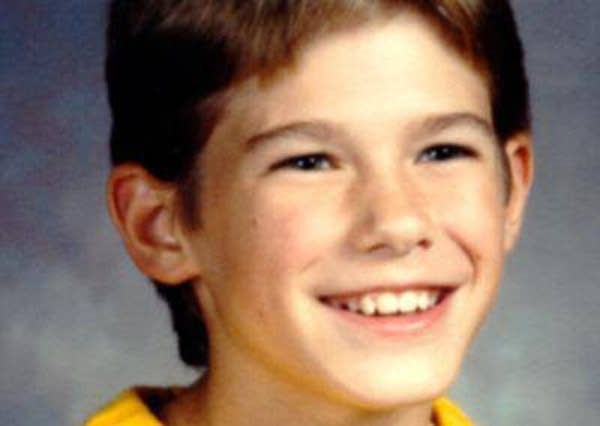Explaining the Jacob Wetterling case: Where it stands

Jacob Wetterling was abducted from St. Joseph, Minn., on Oct. 22, 1989. He was 11 years old.
Courtesy National Center for Missing and Exploited Children
Go Deeper.
Create an account or log in to save stories.
Like this?
Thanks for liking this story! We have added it to a list of your favorite stories.


